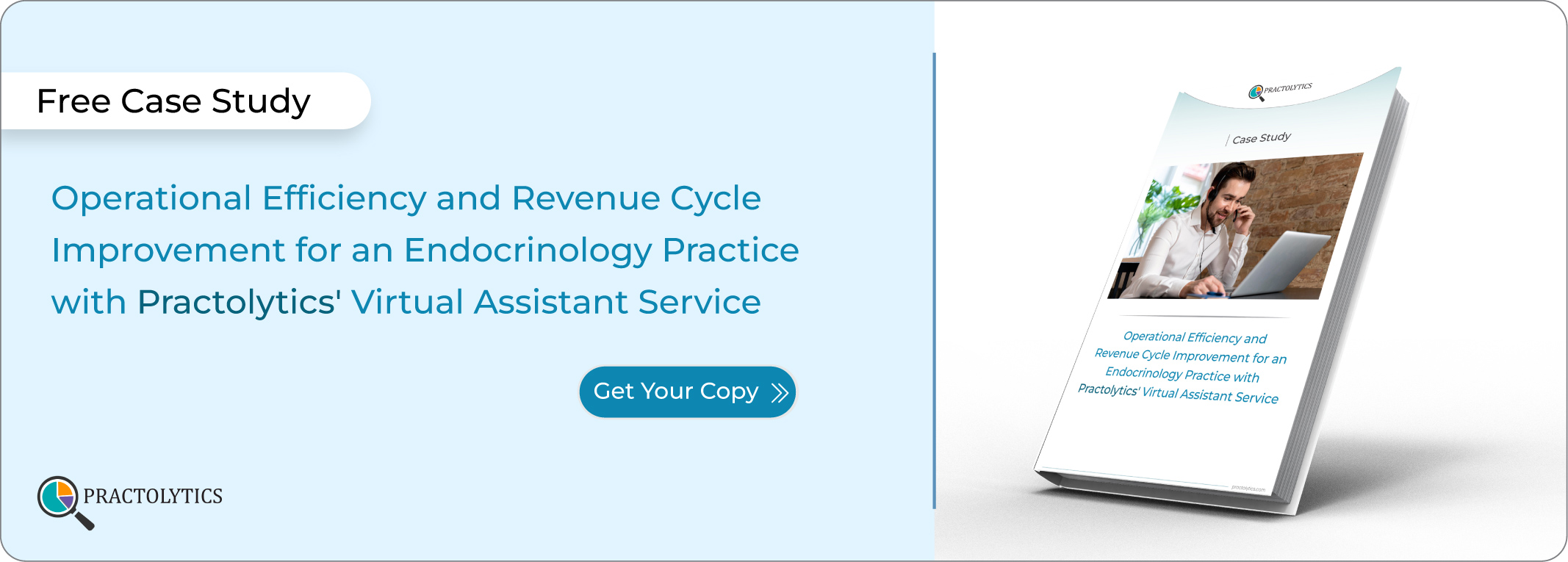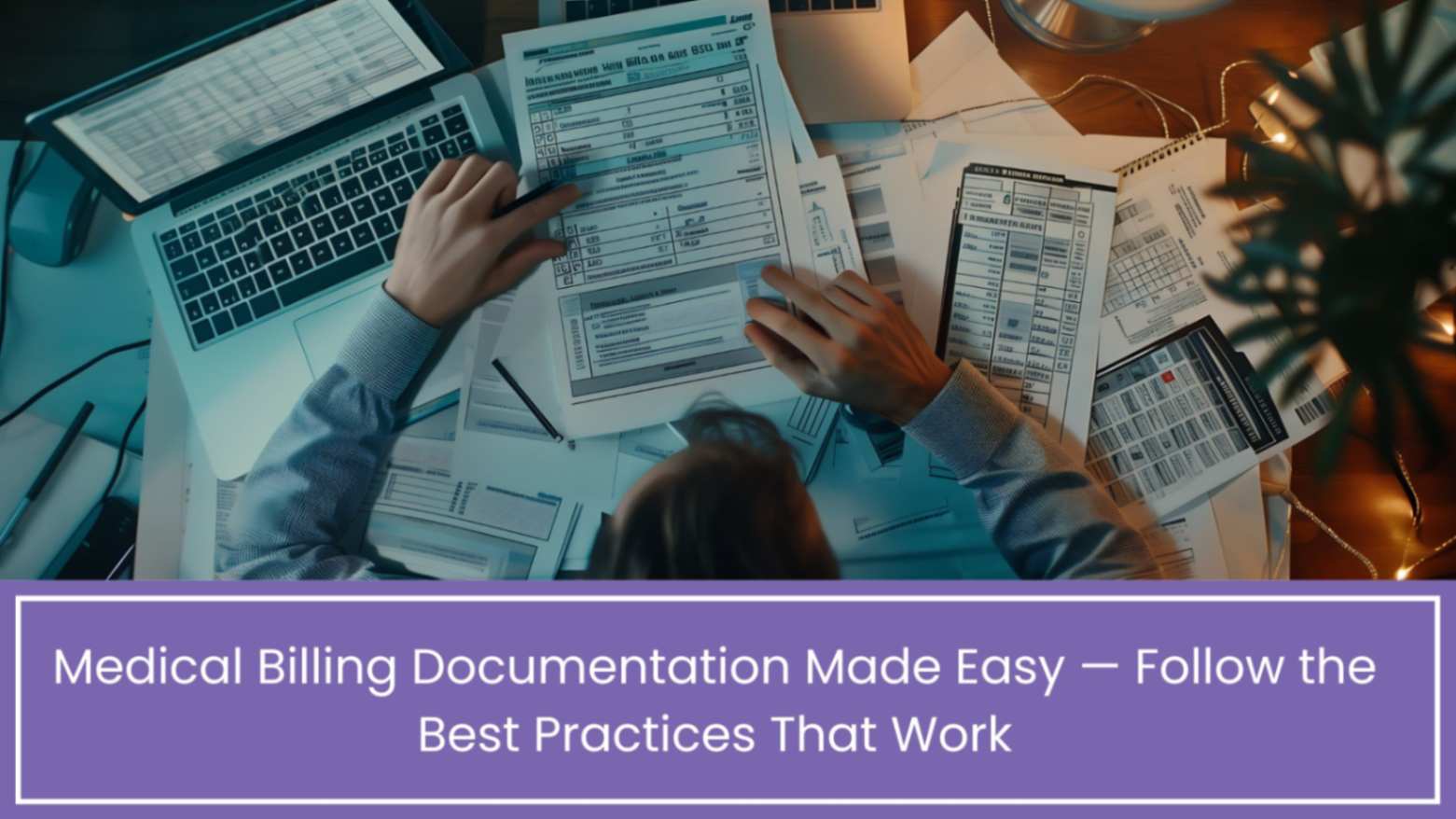Why Busy Doctors Are Hiring Medical Virtual Assistants
Healthcare practices of all sizes – from solo practitioners to small clinics and medical groups – are turning to virtual assistants. This trend is driven by long workweeks and the mounting burden of non-clinical tasks. A 2023 AMA survey found that U.S. physicians average a 59-hour workweek, with roughly 7.9 hours devoted to administrative work like billing, coding, or paperwork Doctors often spend evenings and weekends catching up on EHR entries and insurance follow-ups – the so-called “pajama time” outside normal clinic hours By offloading these chores to why busy doctors are hiring medical virtual assistants, physicians reclaim that time and reduce burnout.
Table of Contents
What Are Medical Virtual Assistants?
A Medical Virtual Assistant is a remote professional trained to handle healthcare administrative and support tasks. As one industry guide explains, a physician’s VA “supports doctors by handling non-medical tasks such as scheduling, documentation, and patient communication”. In practice, this means the VA can manage patient appointment calendars, take reminder calls, enter data into the EHR, handle billing and coding duties, and more – all from afar. Because MVAs work remotely, they don’t occupy physical office space or require full-time benefits, which can make them a cost-effective alternative to hiring additional in-person staff.
Practices typically define exactly which tasks to hand off. Common VA tasks include:
- Appointment scheduling and coordination: Book and confirm patient visits, send reminders, coordinate referrals and follow-ups. This ensures fewer no-shows and smoother clinic flow.
- Patient communication: Field phone calls and emails, answer routine questions, help patients with basic needs, or triage concerns to the right team member. Patients get quicker responses, and clinicians spend less time on the phone.
- EHR and documentation support: Enter patient demographics, update charts, and even scribe during virtual visits. A Virtual Assistant can handle data entry in the electronic health record, keeping records accurate and up to date
- Billing, coding, and insurance: Prepare and submit claims, follow up on denials, verify insurance coverage, and handle billing inquiries ama-assn.org By having a VA manage coding and claim submissions, practices see fewer errors and faster reimbursements
- Prior authorizations: Many practices train VAs to submit and manage pre-authorizations for procedures or medications. This relieves doctors of time-consuming forms and phone calls with insurers
- Administrative support: General tasks like emailing, data entry, managing office documentation, and acting as a virtual receptionist. As Practolytics puts it, their VAs “relieve healthcare professionals of administrative tasks, which encourages them to devote their time to patients”
- Telehealth & remote monitoring support: Some VAs assist with telemedicine setups, patient follow-ups after virtual visits, or uploading home-monitoring data. This expands a practice’s reach without overloading the clinical team.
Why Virtual Assistants Are Trending?
Several factors have driven doctors to try virtual assistance. After the COVID-19 public health emergency ended, two key trends emerged:
- Rising practice costs and staffing shortages: Post-pandemic inflation and labour gaps make hiring full-time staff challenging. As one private practice CEO told AMA, “Labour-force reductions … have made it harder to find employees” . Virtual assistants – who can work from anywhere – offer a flexible solution. With VAs, practices can cover front-desk duties or billing needs without struggling to hire on-site.
- Need to improve efficiency: Facing high overheads, doctors want to maximise productivity. Hiring virtual help often costs much less than an equivalent in-office salary or benefits doctor. One clinic owner summed it up: “Hire a series of virtual assistants to help with faxes, messages, even billing needs. These [contractors] allow you to increase pay, benefits, and satisfaction for your in-person employees, as well as retain those employees” . In other words, VAs handle mundane tasks, so the existing team can focus on clinical work (and even enjoy better pay!).
Most doctors discovering Virtual Assistants are pleasantly surprised by how quickly the practice benefits. As AMA contributor Dr. Francavilla noted, virtual assistants “remove a lot of administrative burden that may be very stressful” and can “dramatically improve efficiency”. With fewer interruptions from phone calls and paperwork, physicians get more uninterrupted patient time. Practices also report greater patient access – for example, a VA can handle after-hours patient messages or work extra appointment slots that a small office wouldn’t staff otherwise.
Key Tasks Delegated to Virtual Medical Assistants
Doctors often have a long list of daily chores that eat into their day. Here are some specific tasks medical VAs can handle, as backed by industry examples:
- Reminder calls & appointment management: Virtual assistants can make or automated reminder calls and text messages to patients, reducing no-shows. They keep the appointment book orderly, cancelling/rescheduling as needed. One practice found a VA could cut the time spent managing bookings by about half
- Data entry and EHR upkeep: VAs enter patient demographics, update charts with lab results or visit notes, and organise digital records. By freeing doctors from routine documentation, VAs help speed up charting and ensure accuracy
- Medical billing and coding: Experts on billing software can code visits, submit claims, and follow up on any unpaid or denied claims. A skilled virtual assistant can cut billing errors (and denials) – one guide notes it may reduce billing disputes by up to 30%
- Insurance authorisations and verification: Prior authorisations often stall care. VAs can handle the paperwork and phone calls with insurers, greatly speeding the approval process. They also verify coverage in advance, so patients don’t experience delays at check-in.
- Patient communication and follow-up: A healthcare virtual assistant can call patients after visits, manage refill requests, and coordinate with other providers. This keeps patients informed and satisfied. As Virtual Latinos notes, better follow-ups lead to “significantly enhancing patient satisfaction and loyalty”.
- Telephone triage and customer service: Some VAs are trained to take basic triage calls or answer general questions, directing patients to the right resources. This ensures no call goes unanswered, even if the clinic is busy or closed.
- Virtual reception and front desk tasks: They can schedule meetings, scan documents, manage supply orders, or even update the practice website. Essentially, any front-office duty that doesn’t require on-site presence can be delegated.
- Telehealth coordination: For practices offering telemedicine, a VA can handle virtual visit logistics – sending telehealth links, helping patients connect online, and following up on virtual visit summaries.
These are just examples. Each practice customises tasks to fit its workflow. For instance, Dr. Francavilla (AMA) said one of her highest-value uses was having a VA handle prior authorizations – freeing her to spend more time with patients during clinic hours
Benefits for Doctors and Practices
Hiring a medical virtual assistant offers many concrete upsides:
- More Free Time and Less Burnout: Doctors reclaim hours each week previously spent on EHR and paperwork. Instead of late-night admin work, your day truly ends with the last patient. Practolytics highlights that when VAs take over admin chores, physicians “devote their time to patients” rather than The reduction in “pajama time” means more personal time for doctors and a brighter work-life balance.
- Cost Savings: Since MVAs are remote, practices avoid expenses like office space, benefits, and equipment. explains this leads to “substantial savings on overhead costs”. Those savings can be reinvested in technology upgrades or patient services. In one example, a virtual assistant could be employed for a fraction of the cost of a full-time in-office staffer, making it a budget-friendly way to get high-level skills.
- Better Billing and Revenue: Specialized VAs reduce billing errors and speed up collections. As mentioned, practices might cut billing disputes by ~30% with a detail-oriented assistant. Faster claims processing means better cash flow. One case study described how a remote VA took charge of patient collections: by sending prompt payment reminders, the clinic saw a significant drop in overdue accounts, allowing therapists to focus fully on care instead of chasing payments.
- Improved Patient Experience: When administrative tasks are handled efficiently, patients notice the difference. With a VA managing communications, appointment confirmations, and follow-ups, patients experience fewer delays and quicker responses. This level of attentiveness can boost patient satisfaction and loyalty. For example, having a VA promptly set up virtual appointments or answer routine questions can make patients feel well-supported.
- Greater Team Satisfaction: On-site staff and clinicians can concentrate on clinical duties. AMA reports that using VAs can allow a practice to give better pay or lighter workloads to in-person employees, improving morale and retention One physician noted hiring VAs let her increase salaries and benefits for her remaining staff while still getting needed work done by the VAs
- Scalability and Flexibility: Virtual assistants can scale up or down with your needs. If your patient load grows, you can simply allocate more VA hours; if things slow, you reassign fewer tasks. This agility is much harder with fixed in-house staff. points out that as practices expand, having on-demand VA support “makes it easier to scale operations without the immediate need for additional permanent staff”.
- Regulatory Compliance Support: Keeping up with documentation and HIPAA rules is critical. MVAs with healthcare experience ensure patient records are entered correctly and confidentially. Practolytics emphasises that its virtual assistants work “while remaining in compliance with HIPAA regulations”, reducing the risk of errors that could lead to audits or penalties.
In sum, virtual assistants remove mundane busywork from the equation. As one VA provider sums up: “Save time. Reduce stress. Focus on what matters most—your patients!”Doctors get their evenings back, staff feel less pressure, and the practice becomes more efficient all around.
Finding the Right Virtual Assistant Partner
If you’re a busy doctor ready to delegate, the first step is to choose a VA service that understands healthcare. Look for a provider that:
- Has expertise in medical billing, coding, and EHR software (so your VA can hit the ground running).
- Offers HIPAA-compliant processes, since patient data security is non-negotiable. Matches you with an assistant who knows your specialty or needs (e.g. pediatrics, cardiology, telehealth).
- Is flexible with part-time or full-time hours, and clear about how tasks are allocated.
One example company is Practolytics, which has specialised in healthcare assistants for over 20 years. According to their site, Practolytics’ medical VAs take care of appointment scheduling, billing and EMR management, patient coordination, and general admin – allowing doctors to “focus on what matters most—their patients”They also emphasize fully customizing the tasks to fit each practice’s workflow. When starting out, define the tasks you want to delegate. Many practices start with appointment coordination and billing, then gradually add more. It’s often easiest to have your VA work on projects first (e.g. clearing a backlog of outstanding claims) while you and your staff get comfortable with the setup.
Conclusion:
Today’s physicians need more time with patients and less time on paperwork. Medical virtual assistants bridge that gap: they carry the load of scheduling, billing, EHR updates, and more, so doctors can do what they do best. By outsourcing administrative tasks to trained VAs, practices see lower costs, happier staff, and better patient care.
Busy doctors are already reaping the rewards. If your day is filled with insurance calls, coding issues, and endless charting, consider hiring a medical VA. Companies like Practolytics and others stand ready to match you with a skilled assistant who knows healthcare inside and out. With the right virtual support, you can get your evenings back, reduce stress, and devote your energy to your patients, just as healthcare should be.
Key Takeaways: Medical virtual assistants are gaining popularity among solo and group practices because they help eliminate costly administrative burdens. They handle tasks like appointment scheduling, patient follow-ups, billing, coding, insurance verification, and EHR management. This support frees physicians to focus on clinical work and improves practice efficiency. Numerous sources (including AMA and industry experts) report that VAs can significantly reduce paperwork time and improve revenue cycle management . Practices can save on overhead while boosting patient satisfaction. Providers like Practolytics offer tailored MVA services and HIPAA-compliant solutions to make the transition smooth.
Read More – From Chaos to Efficiency: A Small Practice’s Journey with a Virtual Assistant






